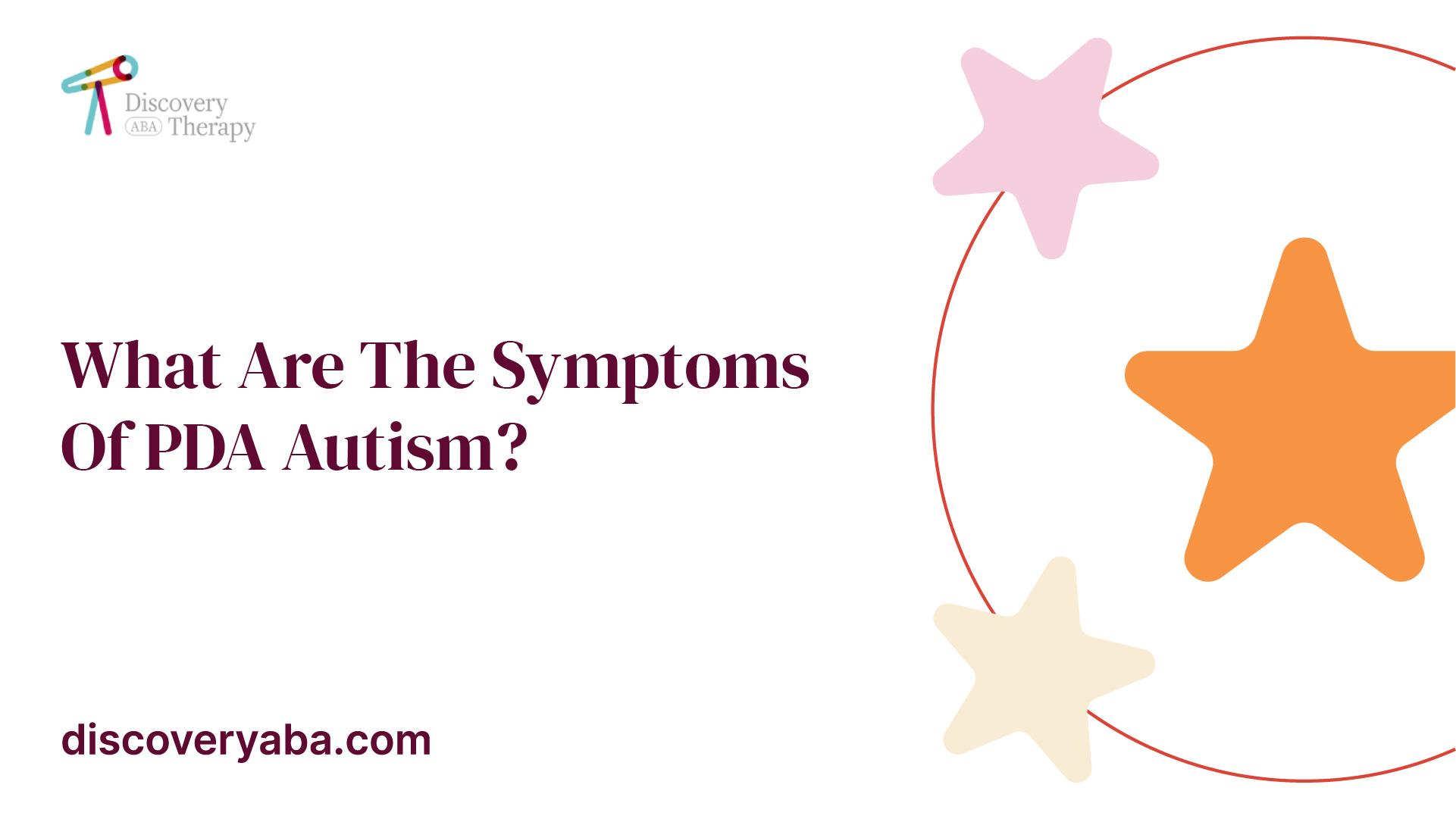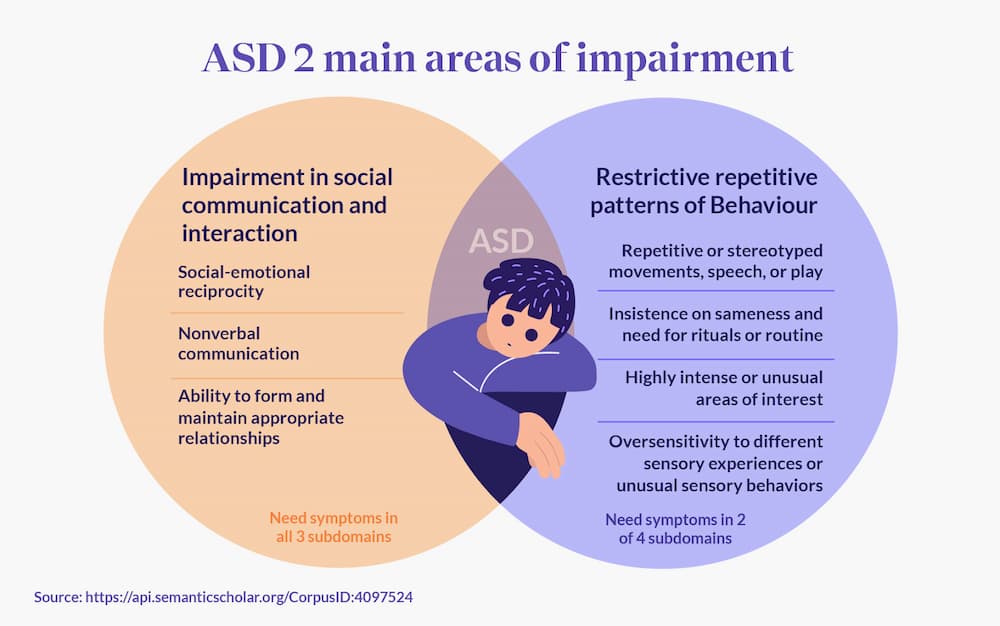Top 10 facts about how an Autism Therapist shapes social growth in autism
Top 10 facts about how an Autism Therapist shapes social growth in autism
Blog Article
Understanding the Influence of Behavioral Autism on Day-to-day Live and Social Communications
You could not recognize just how deeply behavioral autism affects day-to-day life and social communications. Individuals on the spectrum typically browse a world filled with interaction difficulties and sensory overload. These obstacles can lead to frustration and isolation, impacting their connections and overall well-being.
Defining Behavior Autism and Its Features
Behavioral autism, frequently referred to as autism spectrum disorder (ASD), encompasses a variety of problems identified by challenges in social interaction, interaction, and repeated behaviors. You may see that people with ASD usually have a hard time to translate social hints, which can bring about misunderstandings in conversations. They may find it difficult to develop eye get in touch with or take part in tiny talk, making social situations really feel frustrating.
Communication problems can manifest in numerous ways, from delayed speech development to a choice for making use of less words. By recognizing these attributes, you can cultivate an environment that promotes acceptance and motivates effective interaction, helping individuals with autism flourish in their everyday interactions.
The Spectrum of Autism: Recognizing Irregularity in Actions
Autism range problem (ASD) isn't a one-size-fits-all diagnosis; it varies widely among people. You might come across individuals that are extremely verbal and engage quickly in discussions, while others may favor singular tasks or communicate non-verbally.
Additionally, the method people with ASD react to sensory input can vary substantially; some could be overwhelmed by bright lights or loud sounds, whereas others grow in promoting environments. The range likewise includes differences in social communications; some individuals might struggle to interpret social hints, while others navigate social settings with loved one simplicity. Recognizing this variability is vital, as it helps you appreciate everyone's special experience and tailor support to their particular needs, cultivating an extra comprehensive setting for every person.
Communication Difficulties Encountered by People With Autism
When you communicate with people on the autism spectrum, you might discover their unique interaction obstacles. They usually deal with difficulties with both nonverbal and verbal hints, which can impact their social communications. Comprehending these obstacles is essential for cultivating far better links and assistance.

Verbal Communication Difficulties
Numerous people on the autism range experience verbal communication difficulties that can substantially impact their day-to-day interactions. Your pace, volume, or tone might not align with social expectations, creating others to misunderstand your intentions. Identifying these difficulties can aid you and your support network create strategies to improve interaction and foster far better links with others in your day-to-day life.
Nonverbal Interaction Obstacles
Verbal communication isn't the only obstacle individuals on the autism spectrum face; nonverbal interaction barriers can be just as significant. You might find it difficult to interpret body movement, faces, and eye call, which are crucial for efficient interaction. These obstacles can cause misconceptions or false impressions of social hints, making interactions really feel overwhelming or complex. You may struggle to reveal your own emotions with nonverbal ways, leaving others unclear of your sensations or intentions. This disconnect can produce sensations of isolation and aggravation. Identifying these barriers is crucial for fostering understanding and compassion in your communications. By addressing nonverbal communication, you can discover methods to enhance your social experiences and improve your overall lifestyle.
Social Communication Effects
Social communications can usually feel overwhelming due to the unique communication obstacles dealt with by people with autism. Acknowledging these obstacles can assist you locate methods to improve interaction, such as exercising social skills in risk-free setups or utilizing aesthetic aids. Understanding your needs enables you to browse social interactions with better self-confidence and convenience.
Social Communication and Partnership Structure in Autism
While building relationships can be testing for people with autism, comprehending their unique point of views and interaction styles can promote meaningful connections. You could notice that many individuals on the spectrum like direct interaction and might fight with social signs or small talk. By being uncomplicated in your communications, you can help produce an atmosphere where they feel comfy.
Engaging in shared rate of interests can additionally offer as a bridge to much deeper connections. Whether it's a pastime, a preferred show, or a common passion, these common strings can open doors to friendship.
Daily Life Regimen: Navigating Methods and obstacles
Maneuvering day-to-day life regimens can be specifically testing for individuals with autism, especially when unforeseen modifications happen. You might discover convenience in having an organized schedule, as it assists you anticipate what's following. It's regular to feel overwhelmed or distressed when interruptions happen. To navigate these difficulties, take into consideration applying visual timetables or lists. These devices can give quality and confidence.
Establishing a regimen that includes sensory breaks can likewise be valuable. This assists develop an understanding atmosphere.
Lastly, technique mindfulness methods to handle stress and anxiety and anxiousness. Simple breathing workouts or basing techniques can make a significant difference. By incorporating these strategies, you can improve your everyday regimen and reduce disruptions, making life feel extra workable.
Strengths and Capacities of Individuals on the Autism Spectrum
Comprehending everyday life regimens is simply one aspect of the autism experience. Lots of individuals on the autism spectrum have amazing strengths and capabilities that establish them apart.
Additionally, your memory abilities commonly radiate, specifically in locations of passion. Aba Therapist Near Me. This knack for retaining information can make you an important source in fields like scientific research, art, or innovation. You might also show strong visual reasoning, allowing you image source to picture complex principles and resolve problems creatively
Additionally, your special perspective on the world can cultivate compassion and understanding in others, enriching social communications. Accepting these toughness not only boosts your go now confidence but additionally assists others value the varied skills you bring to the table.
Developing Inclusive Atmospheres for People With Autism
Producing comprehensive atmospheres for individuals with autism starts with designing sensory-friendly spaces that satisfy their special demands. You can likewise promote opportunities for social communication, assisting to develop relationships and links. By making these modifications, you'll contribute to a much more inviting ambience for every person.
Designing Sensory-Friendly Spaces
While designing sensory-friendly rooms, it's important to assess the one-of-a-kind requirements of individuals with autism. Beginning by picking relaxing shades and soft lights to develop a soothing environment. When overwhelmed, integrate quiet areas where individuals can retreat and reenergize. You'll intend to decrease loud noises and disturbances, using soundproof materials or white noise equipments to help keep harmony. Consider responsive components like soft textiles or fidget-friendly items that can offer convenience. Identify that spaces are versatile, permitting easy rearrangement to fit various tasks. Include aesthetic timetables or clear signage to help individuals navigate the area confidently. By thoughtfully incorporating these components, you can develop a welcoming environment that sustains sensory demands and promotes total well-being.
Promoting Social Communication Opportunities
Creating sensory-friendly areas not just addresses private convenience however also sets the stage for meaningful social interactions amongst people with autism. To advertise these interactions, develop inclusive environments that welcome participation. Organize organized activities, like art courses or group video games, that encourage cooperation without overwhelming sensory input. Usage visual help and clear communication to aid everyone involve pleasantly. Motivate peer mentoring, coupling individuals with autism with encouraging peers who can direct them with social scenarios. Furthermore, think about hosting routine neighborhood occasions that celebrate neurodiversity, fostering approval and understanding amongst all participants. By implementing these approaches, he has a good point you can enhance social opportunities, aiding people with autism develop friendships and reinforce their social skills in a secure, inviting environment.

Regularly Asked Questions
How Can Friends Assistance Someone With Behavioral Autism?
You can sustain a pal with behavior autism by holding your horses, paying attention proactively, and valuing their boundaries. Take part in tasks they appreciate, interact freely, and develop a comfortable atmosphere where they feel valued and recognized.
What Resources Are Readily Available for Parents of Kid With Autism?
You can explore different resources for moms and dads of youngsters with autism, consisting of support system, academic sites, and local social work. Getting in touch with various other parents can likewise provide important insights and shared experiences to assist browse challenges.
Can Behavioral Autism Adjustment With Time?

Yes, behavioral autism can transform in time. You might observe shifts in interaction, social skills, and behavior as your child expands. Early treatment and support often play important roles in these developing changes.
Exactly How Do Sensory Sensitivities Affect Day-to-day Live?
Sensory sensitivities can make day-to-day experiences overwhelming. You may battle with loud sounds or bright lights, causing tension or avoidance. Locating environments that accommodate your needs can considerably boost your convenience and total day-to-day live.
What Are Typical Misconceptions About Behavioral Autism?
You might think behavior autism only affects interaction abilities, yet it's more facility. Many assume people do not have compassion or knowledge, which isn't true. Understanding these misunderstandings assists foster acceptance and assistance for those on the range.
Behavior autism, commonly referred to as autism range condition (ASD), encompasses an array of problems defined by difficulties in social interaction, communication, and repetitive behaviors.Social interactions can commonly really feel frustrating due to the distinct interaction obstacles faced by people with autism.Designing sensory-friendly rooms not just addresses individual convenience but also sets the phase for significant social interactions amongst people with autism. Urge peer mentoring, matching people with autism with supportive peers that can lead them via social circumstances. By carrying out these approaches, you can boost social opportunities, assisting people with autism build relationships and reinforce their social skills in a secure, inviting atmosphere.
Report this page